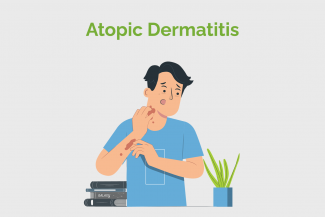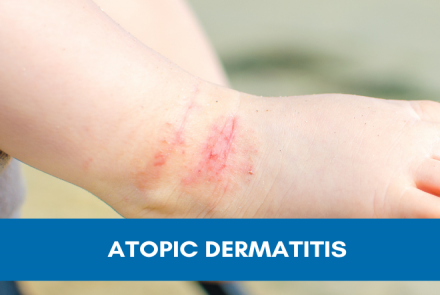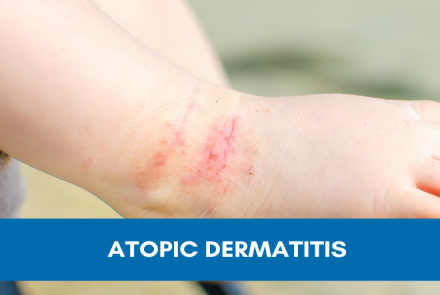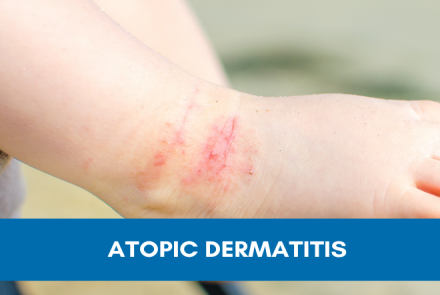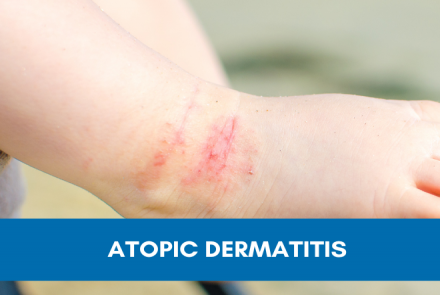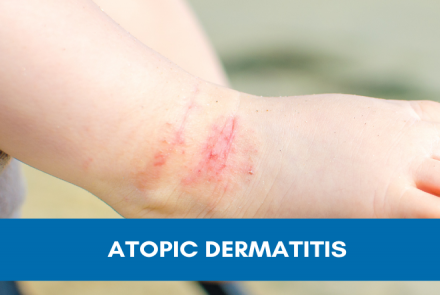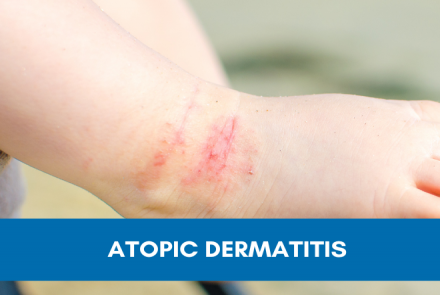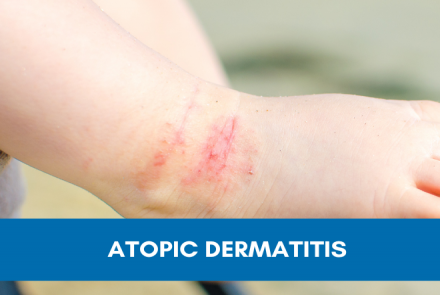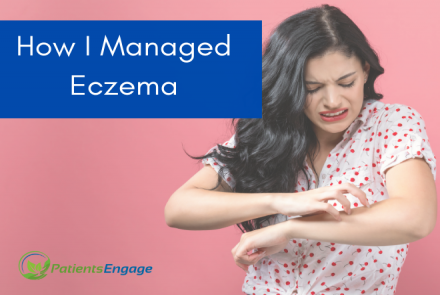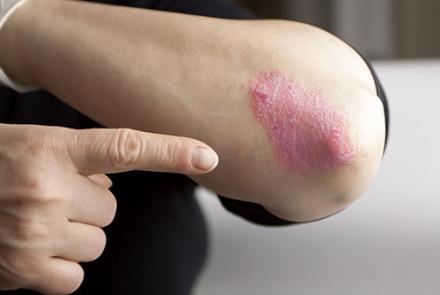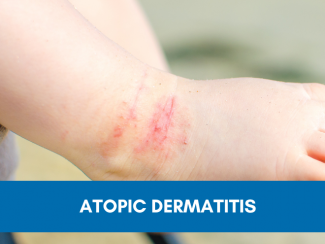
Dermatologist Dr Belinda Vaz delves deep into the causes, types and preventive measures for Atopic Dermatitis or eczema in children.
What is Atopic Dermatitis or childhood eczema?
The word ‘eczema’ comes from the Greek word meaning ‘to boil over’. Eczema is a red itchy rash. It is a general term that includes several types of inflammation of the skin. Atopic Dermatitis is the most common of the many types of eczema. Atopy refers to a group of diseases, where there is an inherited tendency to develop other allergic conditions like asthma and hay fever. This is known as the atopic triad. In children, most eczema occurs as part of Atopic Dermatitis or childhood eczema or Atopic Eczema. Atopic Dermatitis tends to be chronic, tends to relapse and affects certain typical areas of the body.
How common is childhood eczema?
Atopic Dermatitis is most common in the most developed Westernized countries and least common in the most non-Westernized and underdeveloped countries. In the United States of America, about 1 in 5 children are affected. It has been observed that when people from underdeveloped nations migrate to Westernized countries with a higher prevalence of Atopic Dermatitis, they develop a much greater prevalence of atopic eczema, sometimes even greater than the indigenous population of their adopted homeland. Atopic eczema has been found to be more frequent in children born in England of Asian origin. These findings support the fact that environmental factors do play a significant role in the expression of Atopic Dermatitis in a predisposed person. Atopic Dermatitis and atopy in general are more commonly seen in the affluent classes. Atopic Dermatitis is less common in families with a larger family size.
In India, the number of patients with Atopic Dermatitis has increased over the last 30 years.


